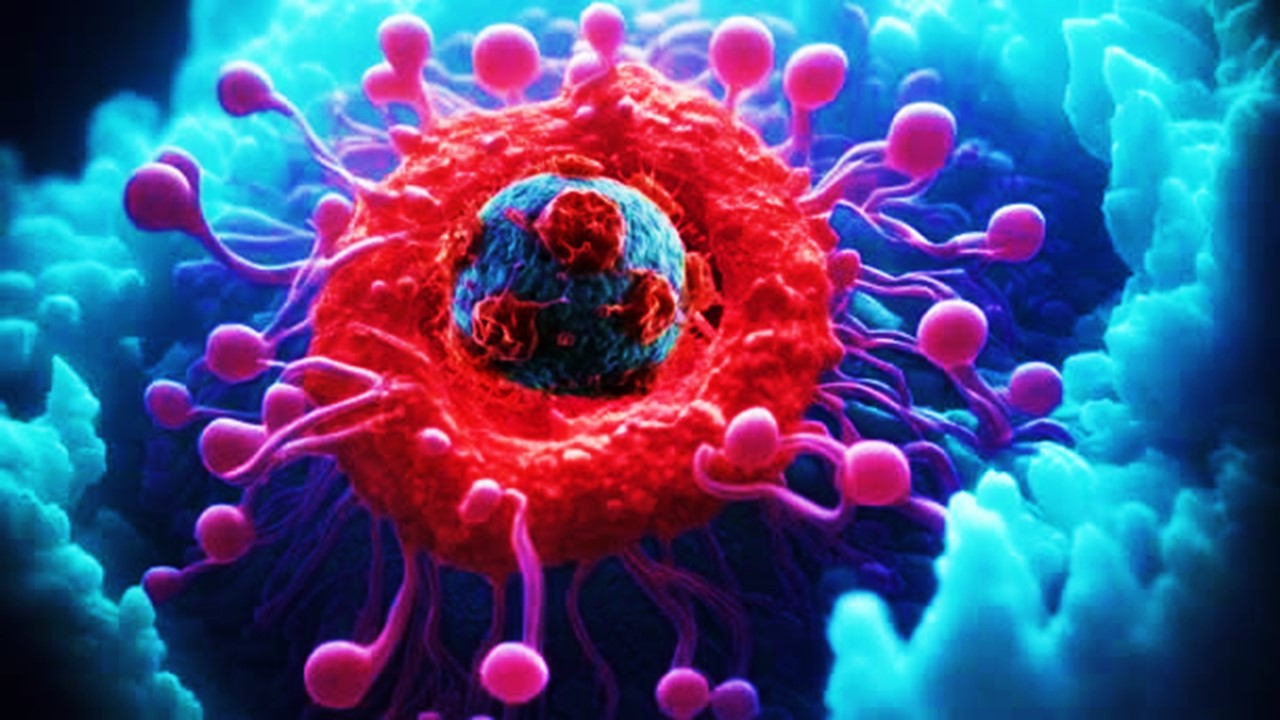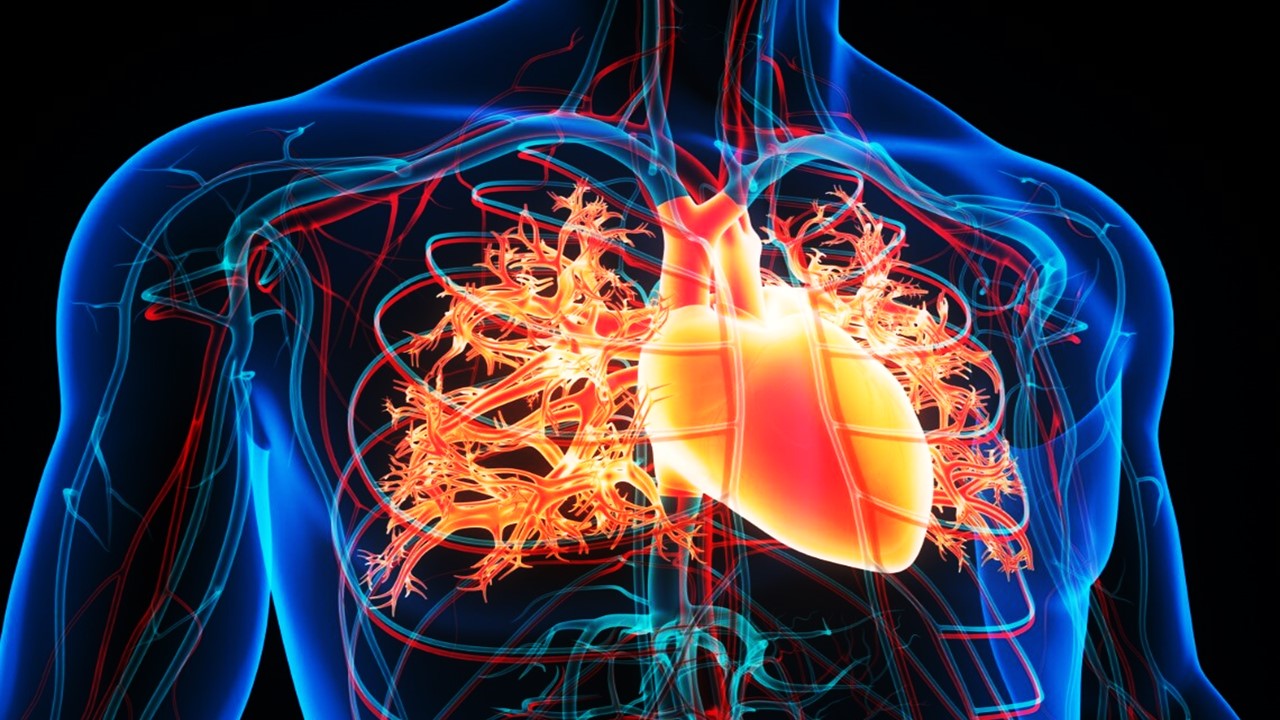
CRISPR gene editing has revolutionised the approach to developing therapeutics for genetic diseases. The main challenge has been developing an effective delivery system for the gene editing tool, which has primarily been performed ex vivo. However, a huge breakthrough has been made in the field of genomics – in vivo CRISPR gene editing for humans, injected directly into the bloodstream.
Recently, however, huge strides have been made in the field of genetic therapeutics. Researchers from Intellia Therapeutics and Regeneron Pharmaceuticals have demonstrated for the first time a CRISPR therapy delivered systemically. This is the first ever clinical data supporting the safety and efficacy of in vivo CRISPR gene editing with the human body.
The phase 1 study is evaluating the genome editing candidate, NTLA-2001, as a single dose treatment for transthyretin (ATTR) amyloidosis. While the challenge of off-target activation has been a difficult hurdle for previous systemic gene editing, the Intellia clinical trial demonstrated the ability to engineer CRISPR to target a specific protein within the liver after injection into the bloodstream.
The preliminary success of this in vivo gene editing shows potential to develop precision medicine for, and possibly cure, a range of diseases for which current treatment has shown little efficacy. To perform gene editing within the body with such precise targeting for internal organs would address the side effects that arise with off-targets and potentially provide a permanent solution instead of life-long medication.
CRISPR gene editing: Mechanism and challenges
The ability to engineer the human genome has always demonstrated significant potential for applications across research, medicine and biotechnology. CRISPR-Cas is one of several gene editing technologies, and possibly the most documented in the field of genomics.
CRISPR stands for ‘Clustered Regularly Interspaced Short Palindromic Repeats’ which essentially describes the mechanism of genome editing for the system. CRISPR-Cas is a microbial adaptive immune system that uses RNA-guided nucleases to cleave foreign genetic elements, typically disease-causing genomic sequences.
The Type II CRISPR system, consisting of the nuclease Cas9, is one of the best characterised in the field. The mechanism, described in a 2020 publication, follows a number of steps:
- • The CRISPR/Cas9 machinery mainly contains two parts: a guide RNA (gRNA) and the Cas9 endonuclease.
- • A gRNA is a highly gene-specific complementary sequence which binds to a specific target DNA sequence.
- • gRNA ends with a short DNA sequence known as the protospacer adjacent motif (PAM).
- • The PAM region is essential for Cas9 binding and is found downstream of the cleavage site of the Cas9 endonuclease.
- • Adjacent to the 3′ end of the gRNA is a gRNA scaffold sequence that is necessary for Cas9 binding. Once the gRNA-Cas9 complex forms, Cas9 makes a double-strand cut exactly 3 bp before the PAM sequence.
- • The break site is mainly repaired by non-homologous end joining, which is often error-prone and results in insertion or deletion mutations at the cut site
- Such mutations often lead to frame-shift mutations, affecting protein translation and thereby disrupting a gene’s function.
Challenges of CRISPR
Despite the success of gene editing seen in vitro, the delivery system for CRISPR has been the main challenge in the application for human therapeutics.
Microinjection with DNA plasmids or mRNA was one of the original methods of delivering CRISPR directly to target tissue, one of the main advantages. However, this has been demonstrated as a time-consuming and difficult process which is generally only applicable for in vitro only.
Viral vectors remain popular in gene therapy due to the high transfection and transduction efficiency. Unfortunately for CRISPR, viral vectors present a number of challenges. Adeno-associated viruses for example, are limited by a low capacity and viral vectors like adenoviruses may integrate into host cells and cause problems such as mutations, carcinogenesis, and an immune response.
Delivery of Cas9/sgRNA RNPs has been considered an attractive approach because “it is the most direct and rapid method for CRISPR-Cas gene editing and has been shown to have less off-target effects and lower immunogenicity”. RNP, also known as ribonucleoprotein complexes, are the main component with which CRISPR-Cas9 relies on for targeted gene editing.
With no need for a transcription or translation, RNPs quick- start genome editing when entering the cell, significantly reducing off-target effects and immune responses. One of the main challenges has been developing a system which can deliver RNPs systemically, due to the considerable molecular weight of Cas9 and poor stability.
Lipid nanoparticles: innovations in CRISPR delivery
Lipid nanoparticles appear to be the direction moving forward for CRISPR delivery systems. This non-viral platform comprises engineered, modified lipid nanoparticles which efficiently deliver RNPs into cells and edit tissues, as demonstrated in the recent Intellia clinical trial.
According to a recent review, nanostructured lipid carriers (NLC) incorporate into their structure small amounts of liquid lipids at room temperature (oils), to produce structural rearrangements of the matrix. The oils act by reducing the crystalline degree of the lipid core, which avoids the expulsion of the drug from the matrix, increasing the drug loading capacity and physical and chemical long-term stability.
Lipid nanoparticles (LNP) have not been developed without challenges, however. Difficulty controlling the size, uniformity, and stability of NLCs has previously limited local administration in vivo to areas such as the inner ear, muscle and brain.
In order to address this, researchers have developed a universal engineering method to maintain the integrity of RNP by adding permanent cationic supplements to LNP formulations. The lipid components mediate the encapsulation of RNPs with retained activity and redirect DNA editing to the target tissues, so that low-dose intravenous injections can effectively target specific tissues, including the sphincter muscles, brain, liver, and lungs
Optimising this delivery system continues to be an ongoing effort. However, the recent success from the Intellia clinical trial demonstrates the potential of lipid nanoparticles for in vivo gene editing via CRISPR, paving the way for effective precision therapeutics.
Charlotte Di Salvo, Lead Medical Writer
PharmaFeatures
Subscribe
to get our
LATEST NEWS
Related Posts

Precision Medicine
Microscopic Marvels: The Rise of Autonomous Nanorobots in Intracellular Surgery
Autonomous nanorobots have emerged as a groundbreaking innovation at the intersection of nanotechnology and medicine.

Precision Medicine
The Intranasal Revolution: Highlighting siRNA’s Potential to Treat Brain Ischemia
As the field of RNA therapeutics continues to evolve, the success of FBP9R/siRNA underscores the potential of siRNA-based interventions for neurological disorders.
Read More Articles
Myosin’s Molecular Toggle: How Dimerization of the Globular Tail Domain Controls the Motor Function of Myo5a
Myo5a exists in either an inhibited, triangulated rest or an extended, motile activation, each conformation dictated by the interplay between the GTD and its surroundings.
Designing Better Sugar Stoppers: Engineering Selective α-Glucosidase Inhibitors via Fragment-Based Dynamic Chemistry
One of the most pressing challenges in anti-diabetic therapy is reducing the unpleasant and often debilitating gastrointestinal side effects that accompany α-amylase inhibition.













